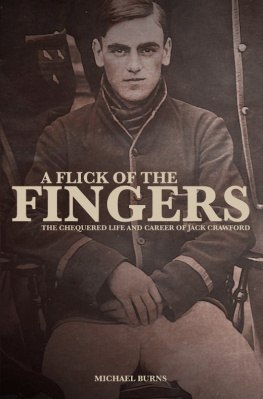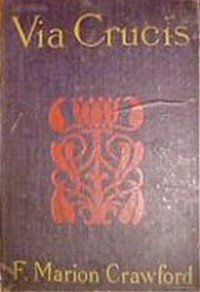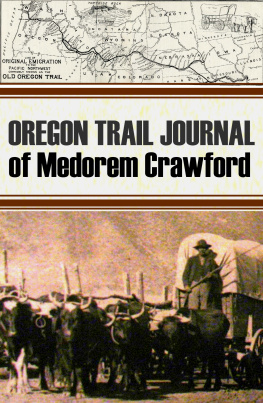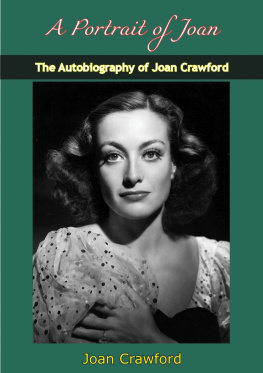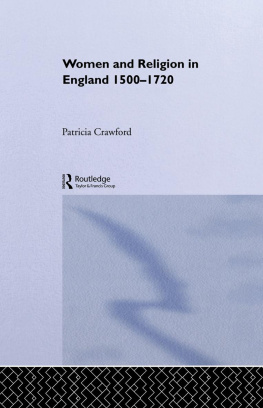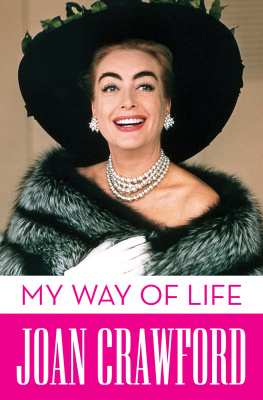First published by Pitch Publishing, 2015
A2 Yeoman Gate
Yeoman Way
Durrington
BN13 3QZ
www.pitchpublishing.co.uk
MICHAEL BURNS, 2015
All rights reserved under International and Pan-American Copyright Conventions. By payment of the required fees, you have been granted the non-exclusive, non-transferable right to access and read the text of this e-book on-screen. No part of this text may be reproduced, transmitted, downloaded, decompiled, reverse-engineered, or stored in or introduced into any information storage and retrieval system, in any form or by any means, whether electronic or mechanical, now known or hereinafter invented, without the express written permission of the Publisher.
A CIP catalogue record is available for this book from the British Library
Print ISBN 978-1-78531-009-6
eBook ISBN: 978-1-78531-063-8
--
Ebook Conversion by www.eBookPartnership.com
Contents
We have cause to remember our first
meeting with this schoolboy wonder.
John Tunnicliffe
One of the most wicked wastes in
English cricket history.
David Lemmon
There are grand cricketers in this game;
and then there is Jack Crawford.
Clem Hill
This book is dedicated to Mary
Acknowledgements
T HE original idea for this book came from Brian OGorman, who had been shown a century-old Crawford family scrapbook owned by his friend Geoff Wills. Both of these cricket lovers encouraged me to use this substantial primary source as the basis for a biography of Jack Crawford. I am also grateful to former Repton schoolmaster John Walker, who put me in touch with Paul Stevens, the school librarian and archivist, who in turn took the much-appreciated trouble to come up with two more of the Crawford family scrapbooks plus a wealth of written material and photographs, which the school have been happy for me to reproduce. Additionally, I would like to thank Glenn Gibson in Melbourne for the exciting find of rare film footage of Jack Crawford during his days playing for South Australia; editors Nick Humphrey and Gareth Davis for their valuable work on the book; and Paul Camillin at Pitch Publishing. But I am principally indebted to the historian David Kynaston, who unstintingly offered his time, encouragement and expert advice during the writing of A Flick of the Fingers.

Prologue
RETURN OF A NATIVE
W HEN the sixth Surrey wicket fell after lunch on the first day of August 1919, J.N. (Jack) Crawford picked up his bat and gloves, checked his vital abdominal guard was in place, put on his chocolate-coloured cap emblazoned with the Prince of Wales feathers crest, gave his spectacles a last polish and made his way from the amateurs dressing room, down the long flight of stairs, through the pavilion gate and out on to a sunlit Oval. The large Kennington crowd could scarcely believe their eyes when they caught sight of the pre-war hero who had last played for the county a decade ago. And in this game they certainly needed him Surrey were in trouble.
The first post-war season was in full swing and Neville Cardus was one of the many cricket writers whose heart had been lifted by the sight of young men in white flannels, The prisoner of Reading Gaol getting a sight of the sky did not suffer emotions more poignant than mine when, in May 1919, I saw again the green circle of Old Traffords grass after years in the confinement of Manchester, with apparently cricket dead for ever in my heart.
The games authorities, realising the important role that cricket could play in helping the nation return to some sort of normality after four years of war, fashioned a hastily-arranged County Championship of two-day games, and invited an Australian Imperial Forces team to play a summer-long series of matches around the country. The AIF party was made up of players who would in 1920/21 form the core of the mighty team that won eight consecutive Tests against England. The 1919 tourists, picked from the thousands of Australian servicemen dotted around Europe at the end of the war, included Herbie Collins, J.M. Gregory, J.M. Taylor, Bertie Oldfield, Charlie Kelleway and C.E. Pellew. Jack Crawfords first game back for Surrey after spending nearly ten years in Australia and New Zealand was against this AIF XI.
On the last day of July, in front of an overflowing Oval, the tourists captain Herbie Collins holding the rank of lance corporal won the toss and chose to bat, not surprisingly on this warm day in high summer. The Australians finished the day on 369/6, with Collins himself making 96; there were also fifties from the New South Walean Bill Trenerry, and from two Victorians, Carl Willis and Allie Lampard. Crawford took just the one wicket with his medium-paced off-spinners, having the rugby and cricket international Johnny Taylor caught by Jack Hobbs for 19. Despite Collins and Trenerry putting on 141 in 80 minutes, The Timess verdict was that the AIF team had hardly made the most of their opportunities on a fast, true wicket, the batting being strangely cautious at certain periods during the afternoon.
The Australians batted on at the start of the second day and were finally dismissed for 436, the 38-year-old fast bowler Tom Rushby finishing with remarkable figures of 6-77 off 39.3 overs. Surrey then batted for five minutes before lunch and lost the amateur D. J. Knight for nought clean bowled by the first ball he received from the fast-bowling discovery Jack Gregory. After lunch Jack Hobbs, facing the slow left-arm spinners of Collins, miscued a hit to leg and was caught in the slips for nine. Gregory, bowling with tremendous pace, then dismissed two more of Surreys amateurs Miles Howell caught at slip by Clarence Pellew off a rising ball for one; and Frank Naumann, hit on the glove and pouched by wicketkeeper Bert Oldfield for two.
When former bricklayer Harry Harrison pushed forward and was bowled by Collins for a duck, Surrey, on a perfect batting wicket, found themselves in deep trouble at 26/5. Captain Cyril Wilkinson and the future double international Andy Ducat first stopped the rot, reported the Daily Express, and then began to collect runs. Neither was happy with Gregory, who made the ball rear at all sorts of angles. Both batsmen were hit on the body, but they hung on, and both had the satisfaction of getting Gregory taken off. The bruised pair put on 57 for the sixth wicket, before the Aston Villa and England footballer was dismissed by leg-spinner Lampard for 33, with the score a dismal 83/6.
The fall of Ducat saw the appearance, to a huge ovation from the Oval faithful, of their former idol the tall and still-athletic 32-year-old Jack Crawford. He started slowly but got going by hitting medium-pacer Charlie Winning for six on to the scoreboard in front of the grounds famous gasometers. Released from his early-innings nervousness, Crawford was soon driving with his customary strength and timing one of his on-drives sent the ball into the seats in front of the pavilion. With Gregory rested, Wilkinson at the other end began hitting with power unsurprising in an international hockey player (the Surrey captain would win an Olympic gold at the Antwerp Games the following year), and together with Crawford put on a stand of 107 in an hour before tea was taken at 4.30pm.

